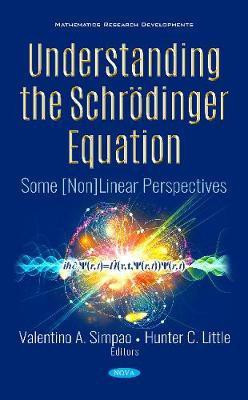Understanding the Schroedinger Equation(English, Hardcover, unknown)
Quick Overview
Product Price Comparison
The current offering from Nova Science Publishers titled Understanding the Schroedinger Equation: Some [Non]Linear Perspectives is a collection of selectively invited manuscripts from some of the worlds leading workers in quantum dynamics; particularly as concerning Schroedingers wavefunction formalism. The work is dedicated to providing an illustrative sketch of a few of the numerous and sundry aspects of the Schroedinger equation; ranging from a new pedagogical teaching approach, to technical applications and foundational considerations. Towards this end, the work is generally of a theoretical nature; expounding various physical aspects of both linear and nonlinear Schroedinger systems and their attendant mathematical developments. Expressly, the book contains A chapter meant to give a new pedagogical paradigm for teaching an understanding of quantum mechanics, via the Schroedinger equation as an extension of probability theory. A chapter addressing the Schroedinger equation written in the second quantization formalism, derived from first principles; towards a deeper understanding of classical-quantum correspondence. A chapter discussing the connection between the Schroedinger equation and one of the most intuitive research fields in classical mechanics: the theory of nonlinear water waves. A chapter which investigates wave solutions of the generalized nonlinear time-dependent Schroedinger-like equation describing a cosmogonical body formation. A chapter addressing the nonlinear Schroedinger equation: a mathematical model with its wide-ranging applications and analytical results. A chapter investigating analytical self-similar and traveling-wave solutions of the Madelung equations obtained from the Schroedinger equation. A chapter which puts forth a novel paradigm of infinite dimensional quantum phase space extension of the Schroedinger equation. A chapter which discusses a metaplectic Bohmian formalism from classical (Hamiltons equations) to quantum physics (Schroedingers equation): the Metatron. The book is written in a lucid style, nicely marrying physical intuition with mathematical insight. As such, it should be of interest to workers in Schrodinger theory and related areas, and generally, to those who seek a deeper understanding of some of the linear and nonlinear perspectives of the Schroedinger equation.


